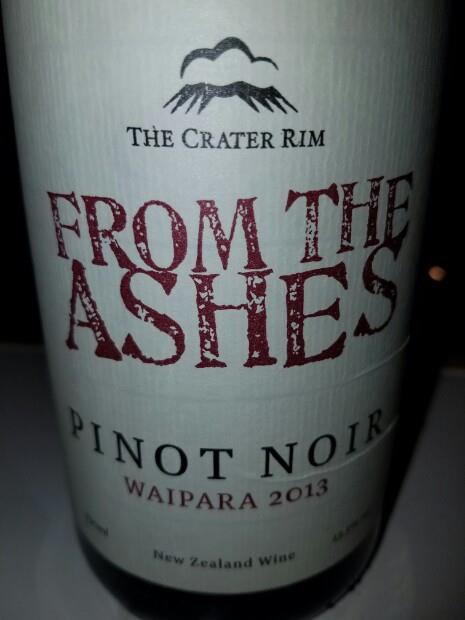

The exterior of kraters often depicted scenes from Greek life, such as the Attic Late 1 Krater, which was made between 760 and 735 B.C.E.

Pottery kraters were glazed on the interior to make the surface of the clay more impervious for holding water, and possibly for aesthetic reasons, since the interior could easily be seen. The modern Greek word now used for undiluted wine, krasi ( κρασί), originates from the krasis ( κράσις, i.e., mixing) of wine and water in kraters. In fact, Homer's Odyssey describes a steward drawing wine from a krater at a banquet and then running to and fro pouring the wine into guests' drinking cups. Thus, the wine-water mixture would be withdrawn from the krater with other vessels, such as a kyathos (pl. They were quite large, so they were not easily portable when filled. Learn more.Further information: Ancient Greek vase painting and Pottery of ancient GreeceĪt a Greek symposium, kraters were placed in the center of the room. The International Image Interoperability Framework (IIIF) represents a set of open standards that enables rich access to digital media from libraries, archives, museums, and other cultural institutions around the world. Adler Memorial Fund Reference Number 1984.7 IIIF Manifest

(circa) or BCE.ģ40 BCE Medium terracotta, red-figure Dimensions 78 × 4838.1 cm (30 3/4 × 18 7/8 in.) Credit Line Katherine K. Dates may be represented as a range that spans decades, centuries, dynasties, or periods and may include qualifiers such as c. Status On View, Gallery 151 Department Arts of the Ancient Mediterranean and Byzantium Culture Ancient Greek Title Volute Krater (Mixing Bowl) Place Apulia (Object made in) Dateĭates are not always precisely known, but the Art Institute strives to present this information as consistently and legibly as possible. Since the krater is a funerary vessel, these figures may be symbolic representations of the dead or they may depict marble statues of the tomb’s occupants. On the back, another naiskos (tomb) is decorated with large white figures. On the front of this vessel a young warrior and a tutor or philosopher are shown standing in a naiskos (tomb) surrounded by attendants with offerings above them is the head of the mythical poet and singer, Orpheus.


 0 kommentar(er)
0 kommentar(er)
